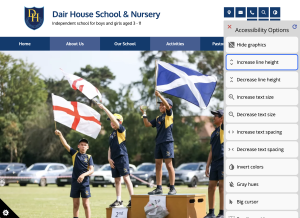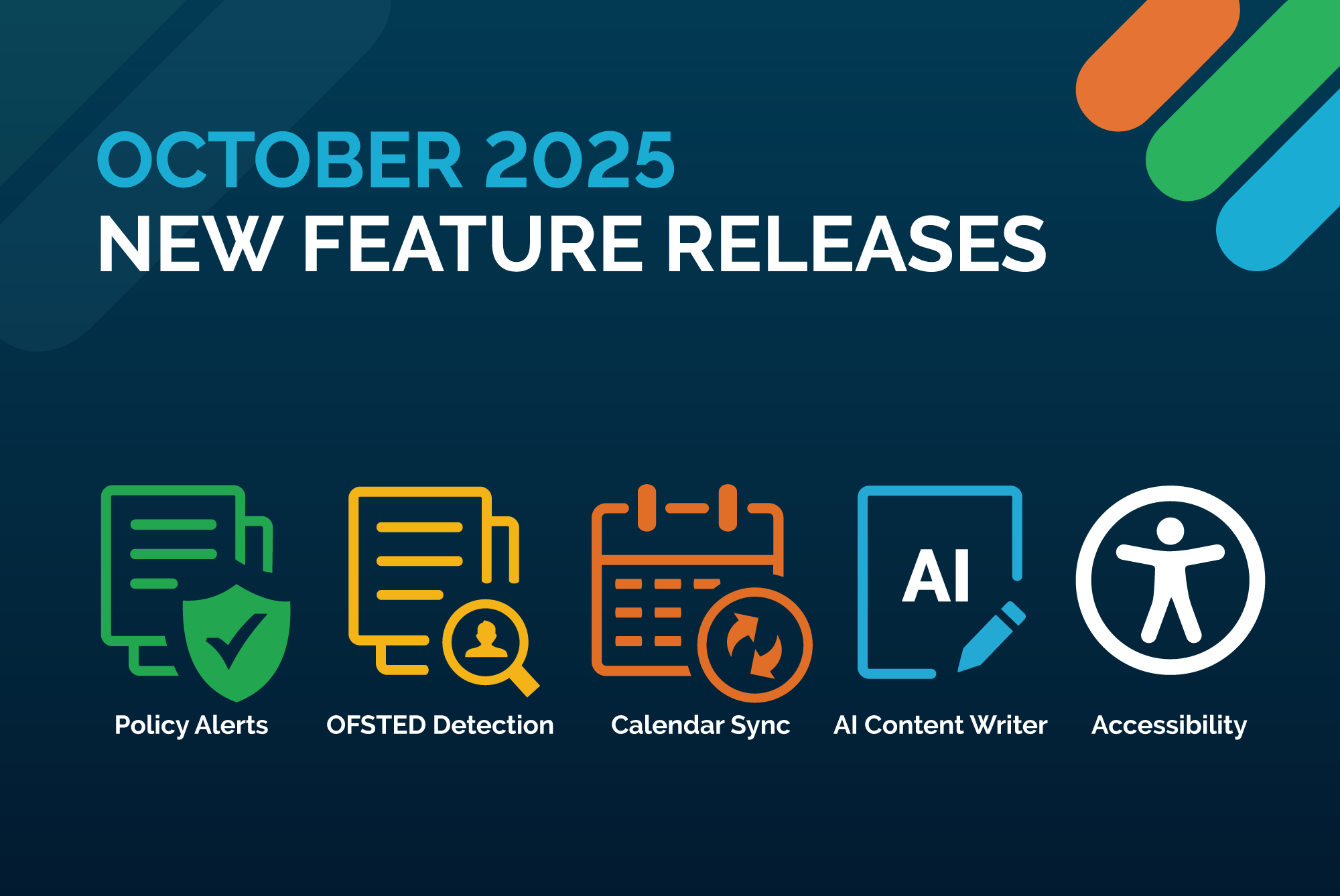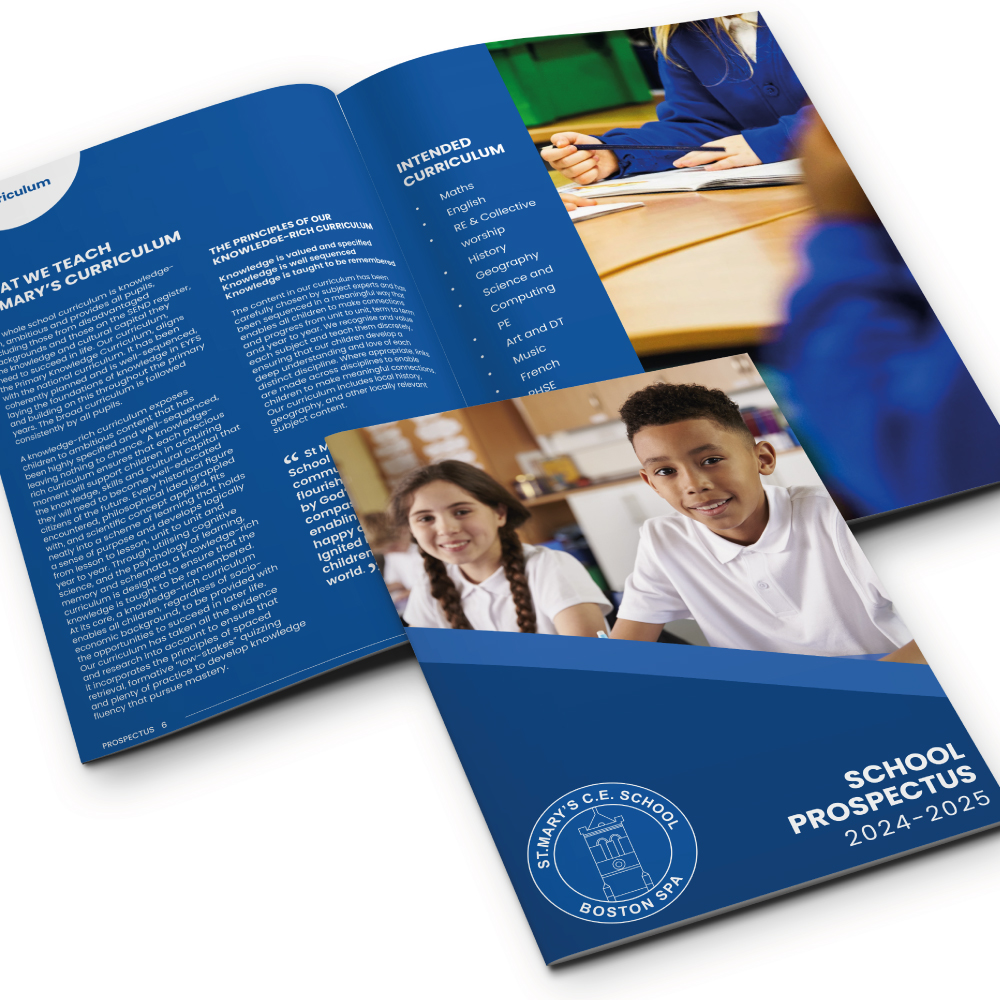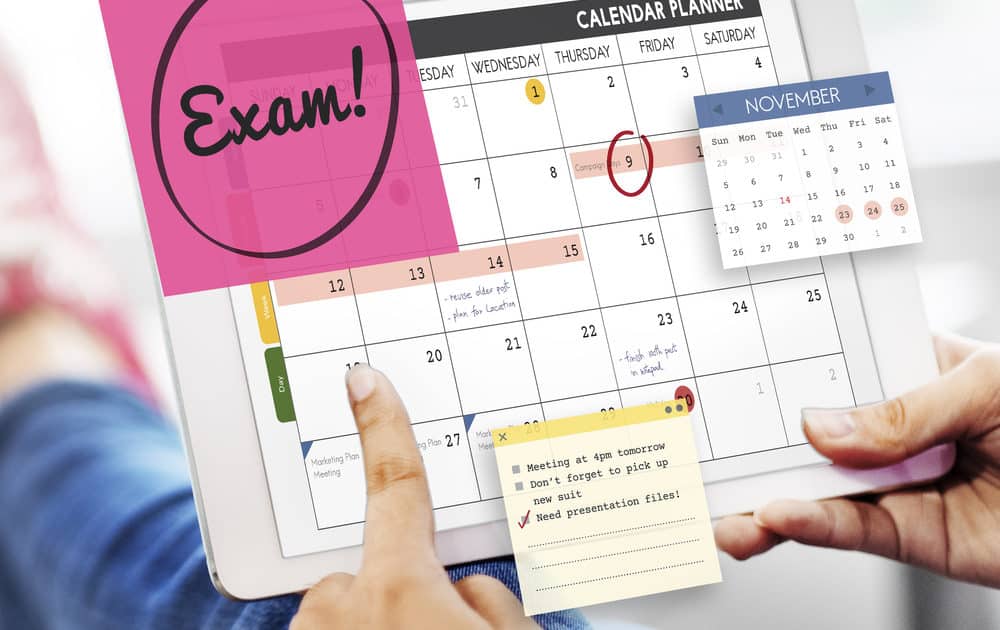It is possible that you may think that a school website design is not very important. Your thoughts may run towards creating educational content that helps your students learn. However, this is not so and while good content is still king, it still needs top supporting players.
Those top supporting website design players are key to getting people to read your excellent content. To make it all work for you there are very good and legitimate reasons why you should create engaging and informative content for your school website
5 Reasons Why You Should
Content is king but there is more to content than web page after web age of printed text. With that kind of content you might as well say you are bringing back educational methods from the 1800s.
School website content needs to be creative, informative as well and engaging. It is a way to open up minds to learning. Here are some reasons why you do this extra work:
1. Website Ranking
No matter how hard you try, search engine ranking is very important. The higher your school’s website appears on the search engine results page, the more traffic your website will get.
It is a known fact that the higher ranking websites get the majority of the traffic. If you want to be a part of that action then you need to create engaging and informative content that is interesting.
To rank high in the search engines you need to follow their SEO rules. It is just the way it is and great content is not going to be enough to get you ranked. Make sure to include the supporting cast of characters like the right keywords, both long and short-tailed.
Also, do good formatting and avoid any strategy that will land you in search engine jail. There are a lot of black SEO practitioners out there, make sure to stay away from them if you want to be seen.
2. Hold Your Visitors Longer
That is one of the key targets when creating a website. There is what is called the bounce factor and that is when your website visitors land on one of your web pages and find it dull, hard to navigate, and so on.
Once they do that, they move on as quickly as they can. Your school website design should be user-friendly, easy to navigate, attractive, and very interesting.
You can have the best content in the UK but if you are lacking in those areas, no one is going to read it. Your school website design should be easy to use, look good, and have engaging activities or content that holds your website’s visitors’ attention.
The longer they stay on your website, the better chance you have of converting them to students or active parents. Your creative content should find ways to engage your website’s visitors and get them interested in your school and what is happening there.
3. Your Students And Parents Need To Know
When people do not know what is going on, they tend to lose interest in the school, its activities, and much more. One good reason you need to incorporate informative content on your school’s website is to tell students and parents what they need to know.
Plus, the information needs to tell them where the activities, etc., are taking place when they are taking place, and more. Providing all the key information they need to know helps both parents and students to arrange their schedules, be more involved, and think highly of the school.
If you want parental involvement and have them care about the school, you need to provide them with the information they need in a very accessible manner. Basic information is not going to be engaging and hold their interest.
You will want to write this information in such a way that piques the readers’ interest and gets them involved with the school.
4. It Is Your Public Face
This is probably one of the most important reasons that tells you why you should write engaging and informative content on your school’s website. How your school’s website looks and reads says a lot about the school and the teachers working there.
To put your best foot forward and make a great first impression, your school’s website should be engaging, and filled with informative content as well as top-quality images and videos.
The better you make your website the better you look. Plus, the more engaging and informative it is, impresses potential students and their parents. Having your school look good on your school’s website is essential.
Your school message to the public is wrapped up in that presentation and if you want to look good, the content has to look good.
5. It Will Help Enrollment
Another important reason to write engaging and informative content on your school’s website is that it can help your enrollment. Your school’s website is your first contact with many potential students and their parents.
Making the website design engaging gets their attention as well as their interest. Then when they see how informative and open the school is, they start to form a little trust in your school and teachers.
Those attitudes will help build your school. A top-quality website design attracts new students and helps get their parents involved in different school activities.
Some Additional Words
Building a top-quality school website and filling it with engaging and informative content is not always easy. But you do not have to travel this road alone.
Our company has years of experience in website design and we offer our talent, knowledge, and skills to you. The way to take advantage of this offer is to use our contact page to get more information.
Also check out our website, scholljotter.com, and see all of our products and ways we can help you build a top-notch school website. Our aim is to help you enhance your first contact so your enrollment and quality of education rise.
 Policy Alerts: Need to be reminded when your policy is up for renewal? Our New Policy Feature allows you to now set a date of when you need to be alerted to re-visit this policy. It also has the ability for you to select a policy and assign it to multiple schools within your Trust on the MAT Dashboard. This is a great tool to keep on to of your policies and to be reminded when they need updating in line with Ofsted Compliance.
Policy Alerts: Need to be reminded when your policy is up for renewal? Our New Policy Feature allows you to now set a date of when you need to be alerted to re-visit this policy. It also has the ability for you to select a policy and assign it to multiple schools within your Trust on the MAT Dashboard. This is a great tool to keep on to of your policies and to be reminded when they need updating in line with Ofsted Compliance. 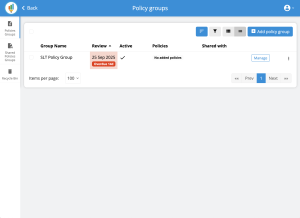
 Ofsted Detection: Within your Jotter 3 CMS System, you will now have the availability to turn on the new feature which can be found within the page information settings:
Ofsted Detection: Within your Jotter 3 CMS System, you will now have the availability to turn on the new feature which can be found within the page information settings: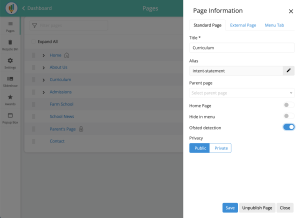
 Calendar Sync: If you are wanting to display all upcoming events on your calendar without having to manually add them on, you can now sync your website calendar with an external parent facing calendar to avoid duplicating your workload.
Calendar Sync: If you are wanting to display all upcoming events on your calendar without having to manually add them on, you can now sync your website calendar with an external parent facing calendar to avoid duplicating your workload. 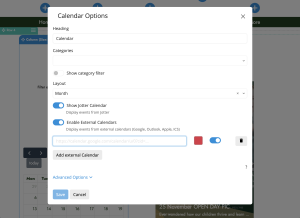
 Ai Content Writer: Our easy-to-use School Website CMS now features AI. Create AI driven content within your website editor page to ensure your website is always kept up to date! School Jotter 3 keeps it fresh and compliant—automatically.
Ai Content Writer: Our easy-to-use School Website CMS now features AI. Create AI driven content within your website editor page to ensure your website is always kept up to date! School Jotter 3 keeps it fresh and compliant—automatically. 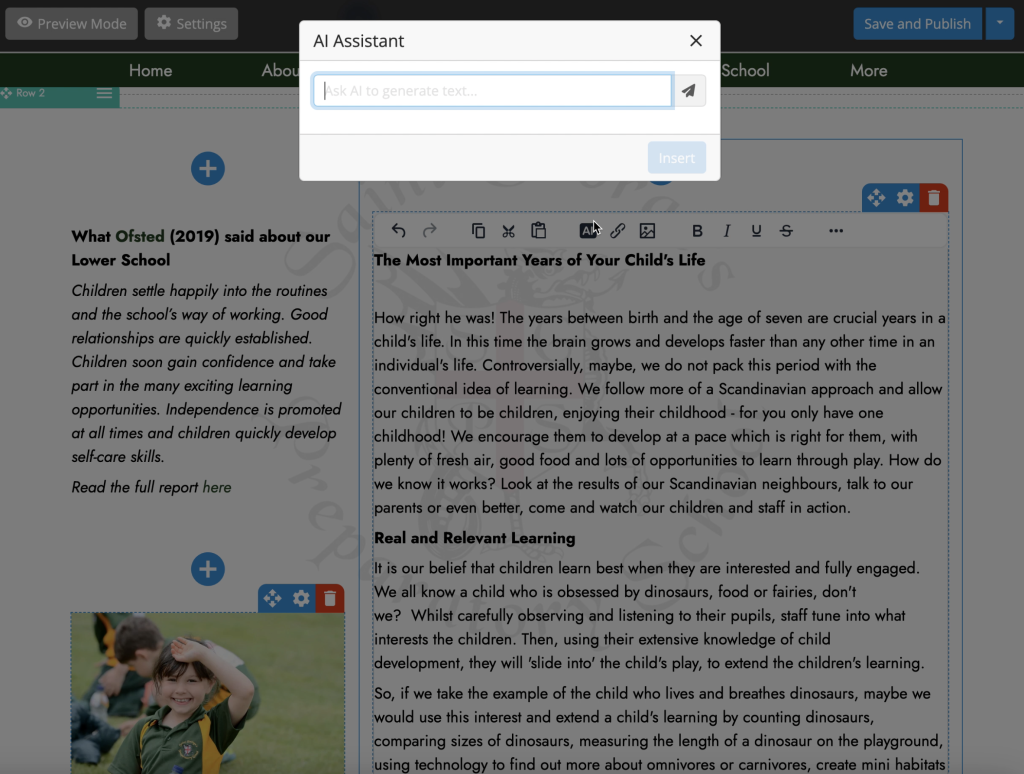
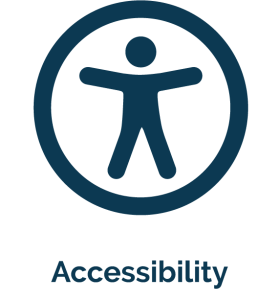 Accessibility: You may have already seen a new dark blue icon inthe bottom right hand of your live website. This icon is our new accessibility feature! These enhancements allow people with visual impairments, motor impairments, or those who prefer keyboard access to:
Accessibility: You may have already seen a new dark blue icon inthe bottom right hand of your live website. This icon is our new accessibility feature! These enhancements allow people with visual impairments, motor impairments, or those who prefer keyboard access to: